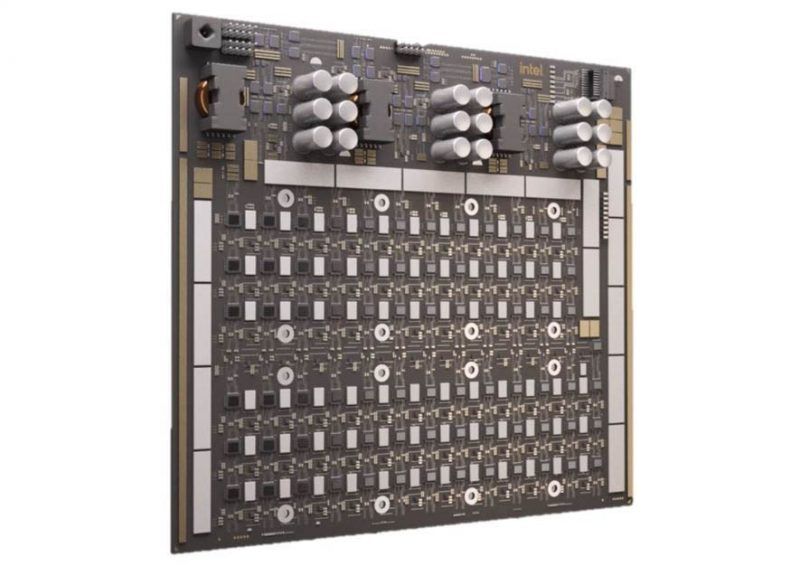Intel announces details of second-generation Bonanza Mine chip Whiplash Feb 21, 2018 – Intel has announced details of its second-generation bitcoin mining chip at the 2022 IEEE International Solid-State Circuits Conference (ISSCC), which will be combined with a high-performance 3600W miner designed to improve bitcoin-mining efficiency. Just days before its unveiling at the International Solid-State Circuits Conference, Intel has revealed full details of its first Bitcoin mining ASIC based on its Bonanza Mine chips, which achieves an incredible 40TH/s at 3600W power consumption,
For these ASICs, the blue company uses 3 hash boards with 25 chips each, as well as their control circuits and digital control. In total, there are 75 of these chips, which add up to 40TH/s. There is also an additional control board with an ARM chip running the mining program, and several FPGAs configured to communicate with the hash boards, send information about the data being processed, and also monitor their temperature, voltage, etc. to make sure everything is OK. Compared to the competition, the power efficiency of these early Bonanza Mine chips leaves something to be desired.
Bitmain’s Antminer S19j Pro 104T achieves 104TH/s at 3068W, while its successor, the S19j XP, achieves 140TH/s at 3010W. Intel is aware of this and will launch Bonanza Mine 2 later this year, which has much better power efficiency. These BM2 chips are already reserved by companies like ARGO Blockchain, GRIID Infrastructure, and BLOCK, which is backed by Twitter CEO Jack Dorsey, so all indications are that they are competitive if they already have reservations from these big mining companies. Next Wednesday, Intel will announce more details about Bonanza Mine at the International Solid-State Circuits Conference, so we suggest you stay tuned in case any new information comes to light.
Source: Tom’s Hardware
